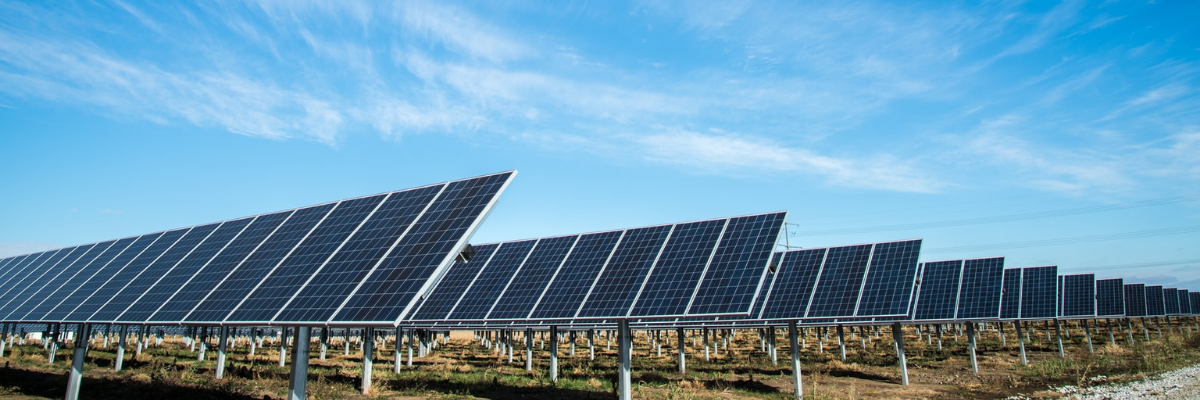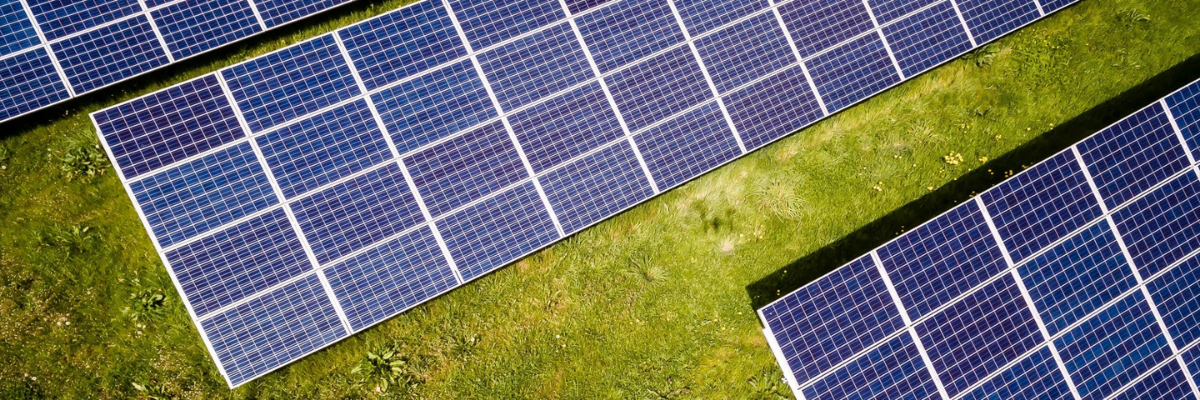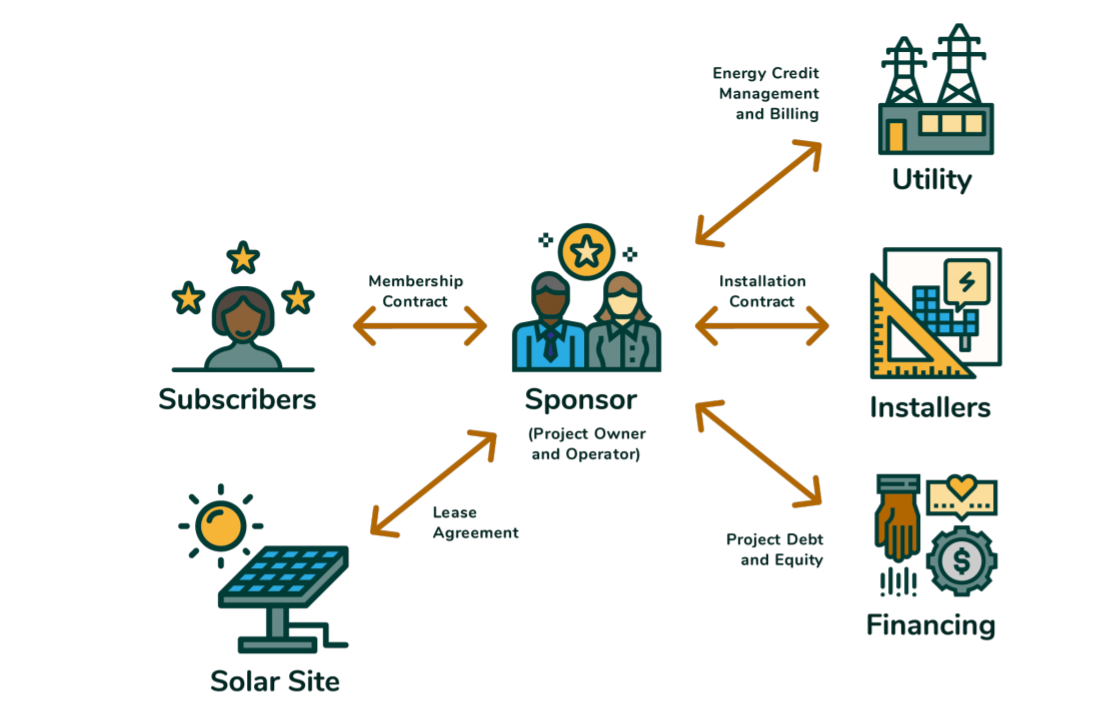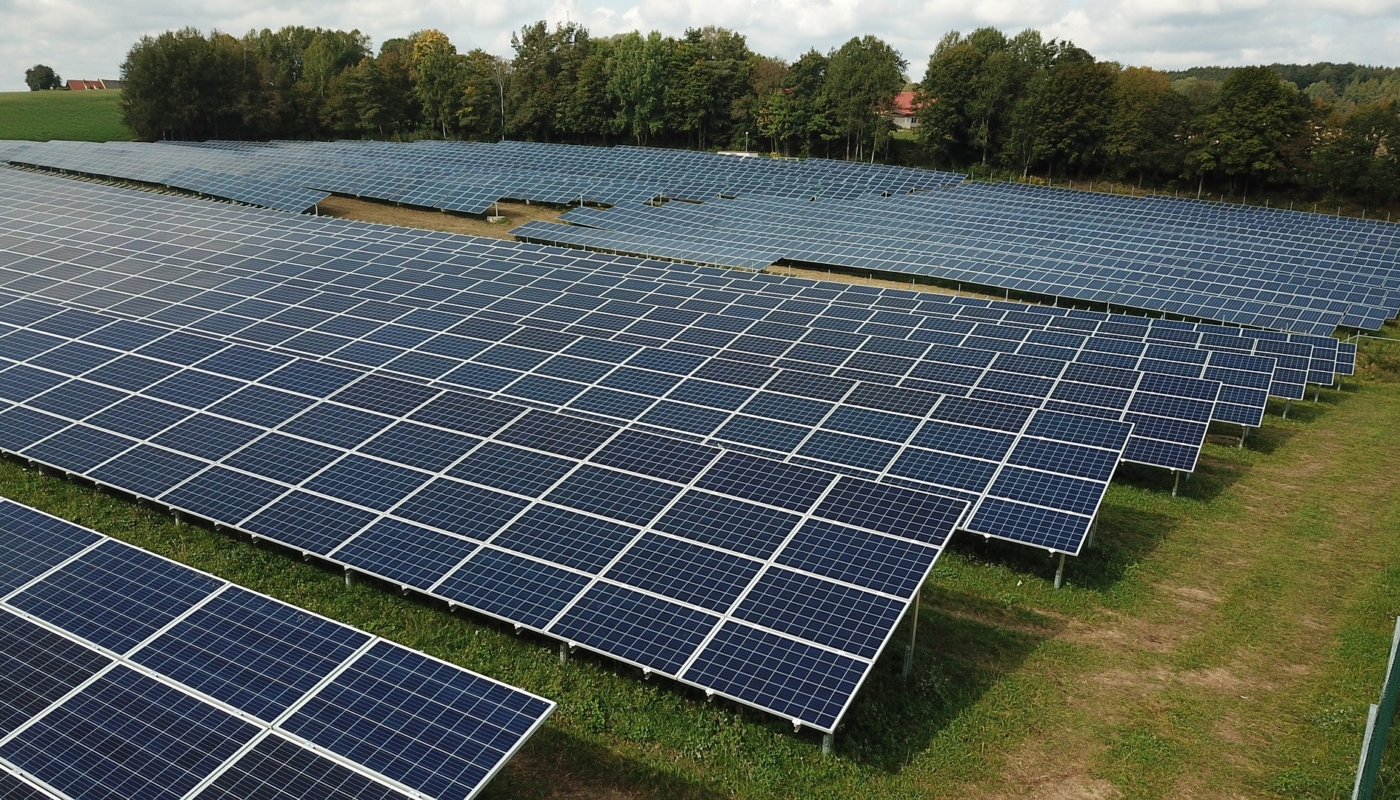Solar energy is the fastest-growing form of renewable energy across New York State and community solar, in turn, is a rapidly-growing aspect of the NYS solar industry, with energy consumers across the state becoming increasingly aware of the many benefits offered by this shared solar model.
According to New York Department of Public Service SIR Inventory Data from December 2020, annual installed solar capacity in the state increased 1,716% from 2010 to 2020. Although the majority of this installed capacity has come in the form of ‘on-site’ residential or commercial PV installations, there has always been demand for solar energy from those individuals, organizations, and communities who haven’t been able to install solar on-site due to barriers such as:
- Siting problems (poor roof conditions, shading issues)
- Ownership limitations (renting/living in a multi-family property)
- Financial constraints (particularly for LMI communities, nonprofits, and small businesses)
Thankfully, the implementation of the regulatory framework for New York community solar in 2015 created a path to solar access for those who had been unable to go solar because of the barriers to entry noted above. With the option to go solar now available to a wider range of consumers across the state, more New Yorkers are turning to community solar to reap the benefits of going solar without having to install panels at their property. In theory, any individual, organization, or other entity with an electric bill—and constraints which prevent them from installing solar panels—can sign up for a community solar project and save on their utility bills.
What is Community Solar in New York?
Generally speaking, the term community solar refers to a shared solar PV project which is open to multiple subscribers. Individuals and organizations across New York State can subscribe to a community solar project and receive all the benefits of solar energy without having to install panels on their own property. Each subscriber to a community solar project receives utility bill credits proportional to the energy generated by their share of the solar project.
What are the Benefits of Community Solar in New York?
The benefits of community solar are wide-ranging for both individuals and organizations across the entire shared solar model. A new report from the New York Solar Energy Industries Association (NYSEIA), ‘Realizing the Potential for Community Solar in New York State: Benefits, Barriers, and Solutions’, identifies five key areas where the benefits of community solar are apparent. These areas are:
- Expanded and Equitable Access to Clean Energy
- Economic Benefits
- Environmental Benefits
- Environmental Justice
- Realization of New York’s CLCPA Decarbonization Targets
Below, we will examine some of the key benefits arising in each of these areas.
Expanded and Equitable Access to Clean Energy
As noted above, many individuals, organizations, and communities are unable to install solar panels at their own properties due to a number of barriers. Indeed, a 2015 report from the National Renewable Energy Laboratory (NREL) and the U.S. Department of Energy estimated that approximately 50% of U.S. households and businesses were unable to install solar panels at their property (download the report here). The barriers to going solar can be divided into three broad categories:
- Technical: Rooftops often have issues which prohibit them from housing a solar array. This includes a lack of sufficient sunlight, weak structural integrity, or an incorrect angle for solar panels.
- Ownership: For both individuals and businesses, lack of ownership (or authority to make decisions regarding the property) can prohibit the installation of solar panels. For renters, or businesses sharing a building, it is unlikely that they would be permitted to install panels.
- Financial: For certain energy consumers in New York, financing a solar PV project may not be feasible. In New York State, low-to moderate-income (LMI) households make up 48% of households overall. This percentage includes 2.3 million low-income households and 1.2 million moderate-income households. The financial constraints in place for this portion of the population prevent a significant chunk of New Yorkers from accessing solar energy.
Regardless of which of the above factors is preventing an individual, organization, or community from installing solar, the community solar model offers a new path to clean energy for those who were previously prohibited from accessing solar.
Economic Benefits
Community solar offers a multitude of economic benefits to subscribers and local communities. The benefits of community solar for New Yorkers generally stem from the following areas:
- Bill Credit Discounts: Generally speaking, New York community solar subscribers receive bill credits of 5% to 10% on their utility bill. Low-income households, in particular, can benefit from these utility bill savings as they typically spend a higher percentage of household income on energy bills (relative to moderate- and high-income households).
- Economic Development: The process behind a community solar project generates economic benefits across the board. Development, construction, operation, customer acquisition, management—all of these facets of the community solar model generate employment, investment, and tax revenue. Additionally, the development and construction phases support local industries such as landscape management, fence installation, electrical engineering, construction, consulting services, and more.
- Electric Grid Enhancements and Avoided Costs: A 2020 report from Vibrant Clean Energy (available here) suggests that investment in community and rooftop solar could save the U.S. $473 billion by 2050—compared to a clean energy grid which does not include the expansion of local solar and storage. Additionally, the development of a community solar project often necessitates new distribution infrastructure, which is paid for by the project sponsor but ultimately benefits the wider community.
- Elimination of carbon dioxide and other airborne pollutants.
- Elimination of water pollution resulting from leaks and spills during fossil fuel extraction and wastewater runoff from open-air pits and underground wells.
- Avoidance of mountain blasts, deforestation, strip mining, drilling, and other harmful extraction processes.
- Benefits to the ecosystem including soil formation, habitat preservation, flood protection, carbon sequestration, and pollination.
- Benefits to nature, as a result of the non-invasive nature of community solar which does not destroy or significantly alter soil content, biodiversity, or ecosystems.
- 85% Reduction in GHG Emissions by 2050
- 100% Zero-emission Electricity by 2040
- 70% Renewable Energy by 2030
- 9,000 MW of Offshore Wind by 2035
- 3,000 MW of Energy Storage by 2030
- 6,000 MW of Solar by 2025
- 22 Million Tons of Carbon Reduction through Energy Efficiency and Electrification
- An entity, the ‘sponsor’, is responsible for construction of the community solar project, including interconnection to the grid and the ongoing operations & maintenance of the project. Though the basic New York community solar framework shows the sponsor as responsible for various aspects of the overall project, this is often not the case in practice. In reality, the developer, the owner/operator, and the customer acquisition/management company may all be different entities.
- The sponsor, as the owner & operator of the project, may work with an installer who will be responsible for construction of the community solar system. Common sites for these projects include open fields, agricultural lands, parking lots, or rooftops. Furthermore, if the sponsor does not own the project site, a land lease agreement may be required.
- A utility customer who wants to sign up for the community solar project becomes a ‘subscriber’. The subscriber becomes a member of the community solar project via payments to the sponsor and, in return, receives energy credits on their utility bills.
- The utility, in order to receive the energy generated by the community solar project, enters into an agreement with the sponsor. As per this agreement, the utility company establishes the magnitude of the energy credit and applies that credit to the subscriber’s utility bill.

Environmental Benefits
In addition to the economic benefits outlined above, the community solar model also provides a number of environmental benefits. Using low-impact, renewable, solar energy, a community solar project is significantly better for the environment than fossil fuel-based generation. Environmental benefits arising from community solar include:
Environmental Justice
The environmental impact of community solar reaches beyond the benefits outlined above and into the realm of environmental justice. A lack of access to renewable energy necessitates the use of fossil fuels which can have damaging long-term implications for those communities residing in close proximity to fossil-fuel generating power plants. More often than not, these fossil fuel plants are located near communities of color, disproportionately impacting these communities through air pollution and greenhouse gas emissions which contribute to higher rates of poverty, respiratory illness, cancer, and heart disease. Deployment of community solar can address these historical inequalities by offering these communities access to clean, renewable energy and, as a result, lowering demand for energy generated by harmful fossil fuel plants.
Realization of New York’s CLCPA Decarbonization Targets
Passed in 2019, New York’s Climate Leadership and Community Protection Act (CLCPA) outlines a number of nation-leading climate targets, including the following:
Additionally, 35% of the benefits arising from reaching these targets will be directed to helping those communities historically impacted by climate change and fossil fuel plants.
To achieve the distributed solar target of 6,000 MW by 2025, an average deployment of 640 MW-DC every year from 2021 to 2025 will be required — roughly twice the average annual installation volume from 2016 through 2020. With these ambitious targets in place, community solar will play a key role in achieving the necessary deployment of distributed solar in the coming years and, most importantly, will provide equitable access to those communities previously prohibited from going solar.
How Does Community Solar Work in New York?
The basic framework of the New York community solar model can be broken down into a number of steps involving parties such as sponsors, subscribers, installers, and utilities.
The graphic below, courtesy of NYSEIA, shows the basic design of New York’s Community Distributed Generation Program and the relationships between the various entities which allow for the community solar model to function. 
If you’re interested in New York community solar then reach out to YSG Solar today. YSG will identify the ideal community solar project for your needs and guide you through the entire subscription process to ensure the biggest savings on your utility bill. To learn more, get in touch by sending an email or calling at 212.389.9215.
YSG Solar is a project development company responsible for commoditizing energy infrastructure projects. We work with long-term owners and operators to provide clean energy assets with stable, predictable cash flows. YSG's market focus is distributed generation and utility-scale projects located within North America.
Sources:
All content in this article is taken from the New York Solar Energy Industries Association (NYSEIA) report, ‘Realizing the Potential for Community Solar in New York State: Benefits, Barriers, and Solutions’. Read the full report here.

